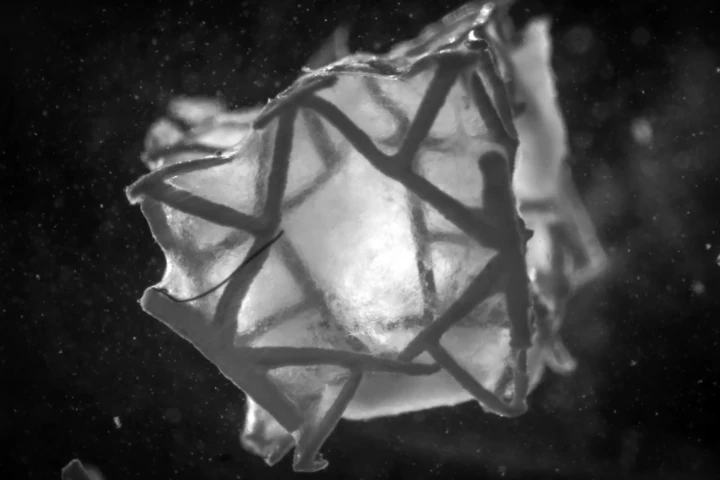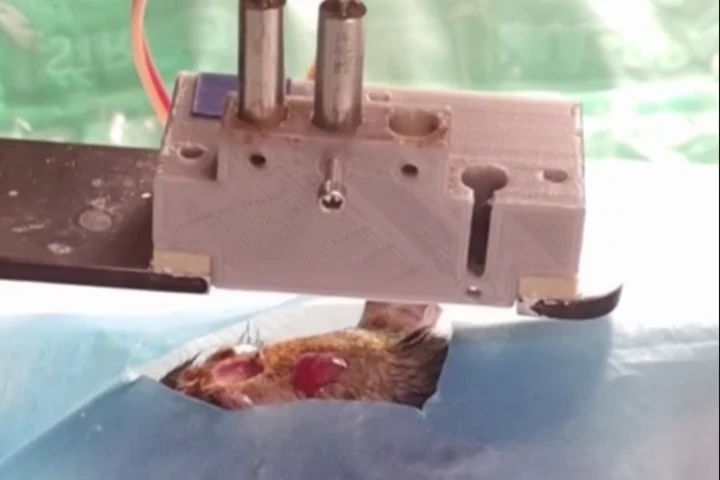3D bioprinting
-
A glue-gun-like device that can be used to print biodegradable bone grafts directly into fractures could revolutionize orthopedic surgery, offering personalized implants that speed healing and cut infection risks.
-
A team of researchers have developed a 3D-printed, biodegradable heart patch that seals holes in heart tissue and supports tissue regeneration, showing promise as a safer alternative to current surgical materials.
-
In a world first, researchers have printed multi-layered, living skin directly onto significant injuries in rats for scar-free skin repair. It's not sci-fi – they're genuinely 3D-printing skin (and possibly hair) right into damaged areas.
-
Researchers have used a novel technique to 3D print brain tissue whose cells developed into functional neurons that communicated with each other in a matter of weeks. The approach could be used to study the healthy and unhealthy brain or test drugs.
-
In a major step towards creating new organs on demand to alleviate donor waitlists, Stanford scientists have now received a contract and funding for experiments to 3D print human hearts and implant them into live pigs.
-
In the past two years, Israel's Steakholder Foods has brought us a lab-grown steak and lab-grown Wagyu beef morsels. Now, it has produced what it says are the world's first whole fillets of cultivated fish … grouper, to be precise.
-
Researchers have developed a mobile printer that creates temperature-stable, dissolvable vaccine patches on demand. The novel device not only does away with vaccine injections, but it would also enable vaccines to be delivered to remote areas.
-
3D biopriting is gaining popularity but, to work effectively, the “inks” used must be firmed up using UV light or chemical processes. Researchers have developed a new bioink that hardens at body temperature, making it safer for use in artificial organs.
-
Scientists have created “acoustic holograms” that can assemble matter into 3D objects, using just sound. The technique works with various types of particles and even living cells, allowing for a new kind of 3D printing that’s fast and contact-free.
-
There may soon be new hope for patients born with genetic defects that leave them with misshapen or missing ears. A new human clinical trial will test an implant known as an AuriNovo, which uses a 3D-bioprinted ear grown from the patient’s own cells.
-
While the 3D bioprinting of tissue and organs does hold great promise in the field of medicine, the printed materials typically have quite a short shelf life. An experimental new bio-ink, however, allows bioprinted tissue to be stored in a frozen state for months at a time.
-
Earlier this year, we heard how two separate groups had developed the world's first lab-grown rib-eye steak and Waygu beef. Israeli startup MeaTech 3D is now joining their ranks, with a "cultivated steak" of its own.
Load More











